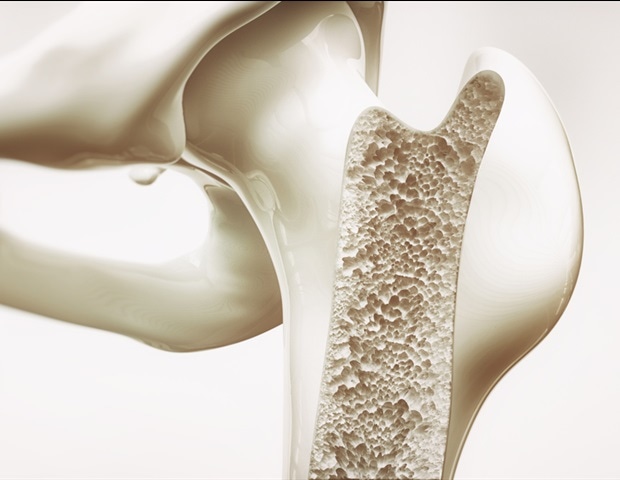In the realm of orthopedic medicine, the challenge of managing infected bone defects (IBDs) has persisted as a significant hurdle. The advent of advanced biomaterials has opened new avenues for innovation, particularly in the development of bone regeneration scaffolds that can not only promote bone growth but also combat infections. A recent study, published in BME Frontiers, presents a groundbreaking dual-functional bone regeneration scaffold, designated as Qx-D, which holds immense promise for the treatment of IBDs.
The research, conducted with the aim of improving early management and surgical outcomes for bone infections, focused on modifying demineralized bone matrix (DBM), a naturally derived material known for its osteogenic potential. DBM, while effective in inducing bone regeneration, lacks antimicrobial properties, making it susceptible to infections. To overcome this limitation, the research team introduced a macromolecular quaternary ammonium salt (QPEI) to the DBM structure.
Through a facile Schiff base reaction, a series of Qx-D scaffolds with tunable feeding ratios were synthesized. These scaffolds exhibited marked antibacterial properties against a range of bacteria, including Gram-positive and Gram-negative strains, such as Staphylococcus aureus (S. aureus), methicillin-resistant S. aureus (MRSA), and Escherichia coli (E. coli). The antibacterial efficiency of Qx-D reached an impressive 99.9%, demonstrating its broad-spectrum antibacterial activity.
In addition to its antibacterial properties, Qx-D also demonstrated good biocompatibility. In vitro studies showed that the scaffold supported the adhesion and differentiation of bone marrow stromal cells (BMSCs), a key cell type involved in bone regeneration. Furthermore, alkaline phosphatase (ALP) staining results indicated that Qx-D had a positive effect on osteogenic differentiation of BMSCs, without significantly affecting cell activity.
The in vivo performance of Qx-D was evaluated using a rat model with infected bone defects. The results showed that Qx-D implantation effectively reduced inflammation and promoted bone regeneration. Micro-computed tomography (CT) images revealed that the defect was nearly completely closed in the Qx-D group, with a significantly higher bone volume/total volume (BV/TV) ratio compared to the control group.
This study provides important insights into the development of dual-functional bone scaffolds for infected bone defect treatment. The Qx-D scaffold, with its combination of antibacterial and osteogenic properties, offers a promising alternative to current treatment methods that often rely on antibiotics, which can lead to drug resistance and other complications.
The research team believes that Qx-D has the potential to revolutionize the treatment of infected bone defects, improving patient outcomes and reducing the burden of bone infections in orthopedic clinics. With further development and clinical trials, Qx-D could become a standard-of-care option for patients with infected bone defects, bringing new hope for those struggling with this challenging condition.
Chen, L., et al. (2024). Cationized decalcified bone matrix for infected bone defect treatment. BME Frontiers. doi.org/10.34133/bmef.0066.
Source link : News-Medica

